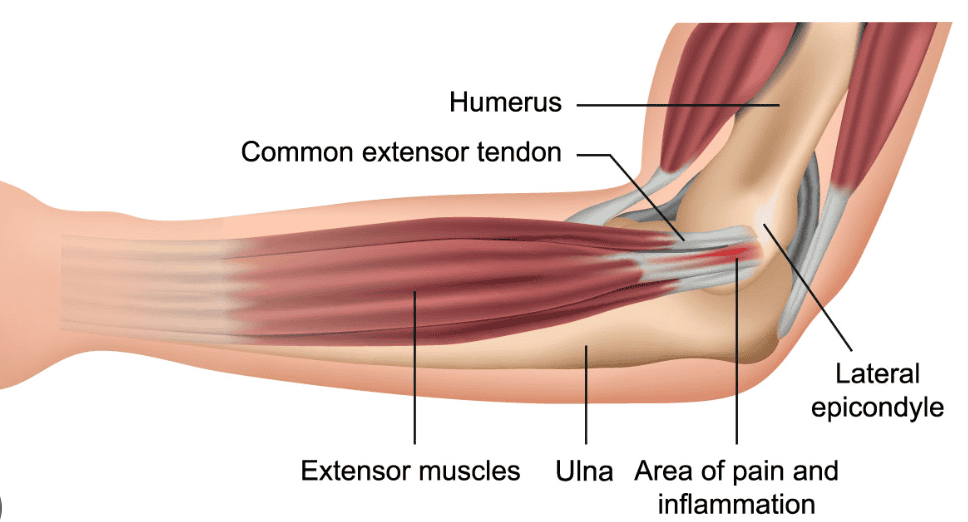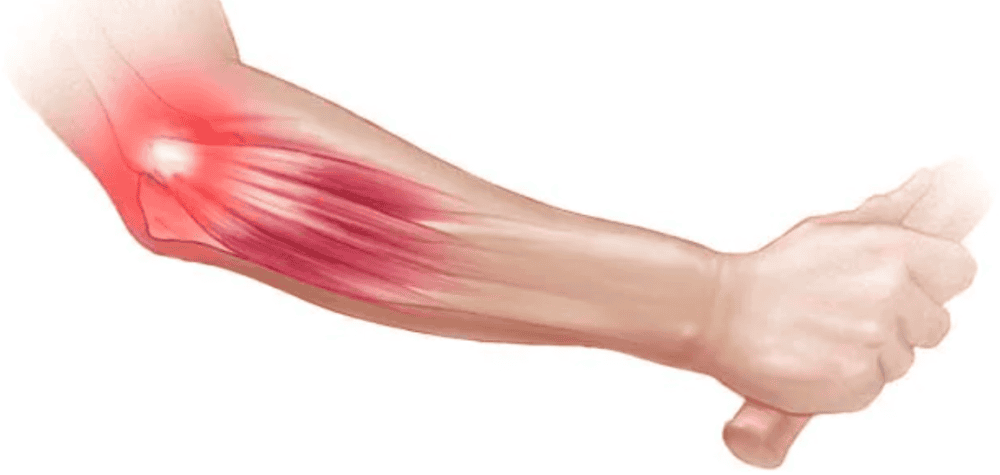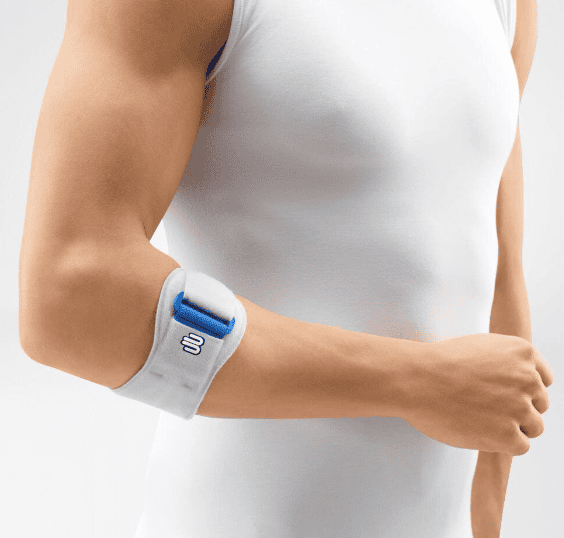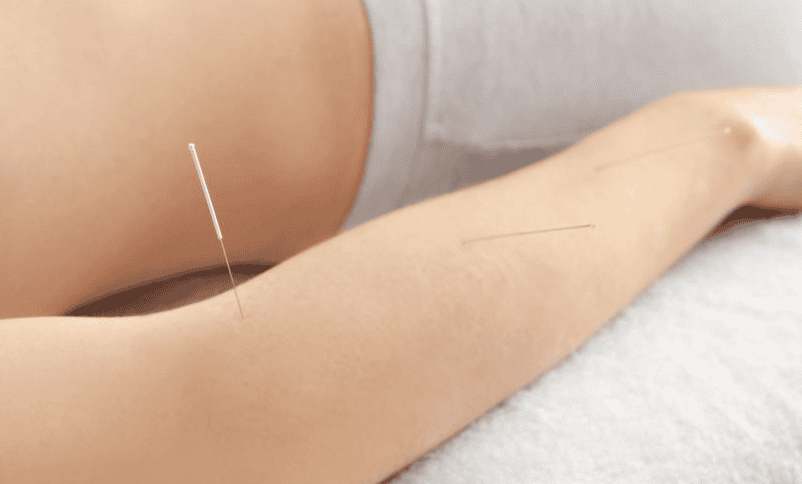Tennis elbow, also known in the medical field as lateral epicondylitis is one of the most common overuse injuries at the elbow. It should be known that only 5% of people that play tennis, suffer from tennis elbow!
What is tennis elbow?
Tennis elbow involves the extensor muscles of the forearm, and more specifically the tendon of these muscles and where they originate. And you guessed it – these muscles originate on the outside of the elbow near where the pain is usually felt. As previously mentioned, it is an overuse injury, where the tendons of these muscles become inflamed and aggravated. It is often caused by repetitive gripping, poor technique, constant hammering motion, or a grip too small of an object regularly used such as a screwdriver.

What do you normally feel if you have tennis elbow?
If you are suffering from tennis elbow, it is likely that you will be experiencing pain at the outside of your elbow area, that may even extend down your forearm. Some more specific symptoms may include:
- Dull pain at the outside aspect of your elbow
- Pain may radiate down your forearm towards your fingers
- Pain during activity using your hands or wrists
- Tenderness to touch on the outside of your elbow
- Swelling at the outside of your elbow
- Difficulty with lifting or gripping, which may be associated with pain
- Reduced movement at your wrist and/or elbow

How to manage tennis elbow?
First things first, there are a few other conditions that may present like that of tennis elbow, so an assessment by a health care practitioner is important. If it is deemed as tennis elbow, your health
care practitioner will likely:
- Activity modification and strategies: these will be specific to you and will likely be provided to avoid aggravation of the area. Some examples include suggestions to modify your workstation (i.e. adjusting mouse distance or keyboard height), altering your racket handle size, and whether to use ice or heat.
- Bracing: an elbow brace may be recommended to you to also help avoid aggravation soyou can continue to do the activities you enjoy doing, while allowing the area to heal. The Serola Gel Arc is a very effective brace to reduce strain on your elbow and is quite affordable. Another option is the Bauerfeind Epipoint which is another high-quality brace used for tennis elbow. Your physiotherapist can help you try on these different braces to determine which one is best for you.

- Manual therapy: will likely be provided to the area of injury which may include deep transverse friction massage, passive stretching and mobilisations.
- Home exercise program: this may also be beneficial to gradual stretch and strengthen the affected areas. As everyone’s level of injury and irritation is different your physiotherapist will be able to decide with you where to start with your home exercise program in order to get you better faster. Some examples of exercises include stretching the forearm flexors and extensors, isometrics for the forearm flexors and extensors and also grip strengthening exercises.
- Modalities: such as ultrasound, acupuncture and shockwave therapy have been shown to be beneficial in pain management and accelerating the healing process of tennis elbow.

If you have been dealing with pain on the outside of the elbow that just won’t go away, call our clinic today in Alliston or Tottenham and one of our physiotherapists will be happy to help!
